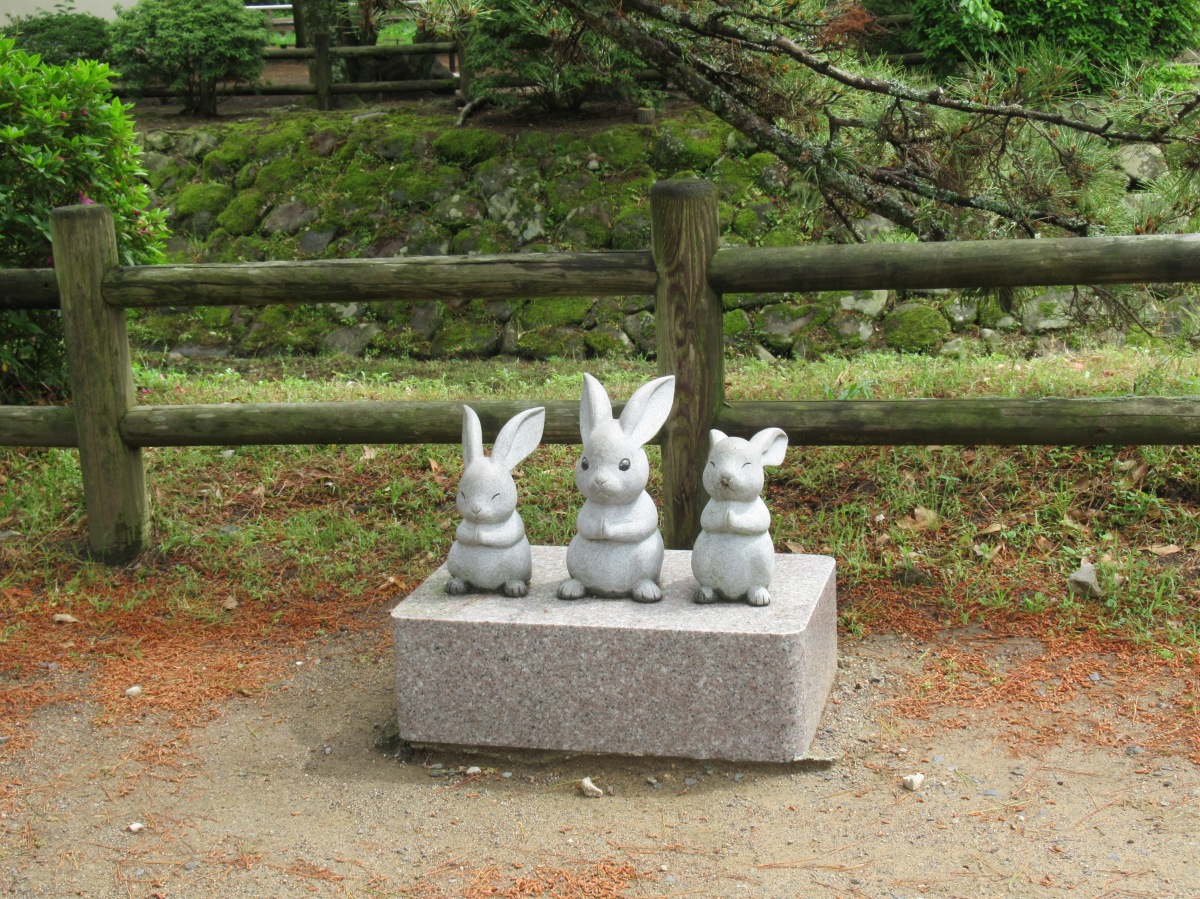In part 1 of our Chūgoku adventure, we visited Hiroshima and Okayama. Now we head north for part 2, to the 2 prefectures that lie on the shores of the Sea of Japan – Tottori and Shimane.
After a 2 hour drive, we arrived at our ryokan on the fringes of Tottori City. It was the perfect place to see the famous Tottori Sand Dunes. More on that later. Our first stop was the Sand Museum. We expected the museum to have some generic displays or perhaps some history to do with… sand… but we were pleasantly surprised to find that the museum actually holds world-renowned sand sculptures and their themes change every 3-4 years. The theme when we visited was Czechoslovakia.
The main hall of the museum was a massive space that was filled with numerous sand sculptures made by different artists. The sand sculptures were huge in size but intricate in details, and the teams that created these massive displays comprised of skilled sand sculptors from all over the world, including one from Singapore! As the crowning jewel of the exhibit, there was a replica model of Prague Castle with a waterfall at the far end of the main hall. It was awesome.






Right next to the museum were the Tottori Sand Dunes. This desert-looking landscape spans roughly 15km in length and 2.5 km in width and is also next to the sea. There weren’t any dedicated paths so visitors are free to roam wherever and however they wished. We started by following the footstep trails of others but soon ventured on our own way. From certain points, you weren’t able to see beyond the dunes which gave the feeling that you were actually in a vast desert. Then as you walk on further, there will be a few activities relating to the sand and the beach like sand boarding and paragliding.






We bid Tottori adieu and headed to Shimane. We stopped by Yuushien along our drive to Matsue (a city in Shimane). Yuushien is a garden that is well known for their beautiful peonies. I’m not much of a flowers guy, but this garden had amazing colours that no other garden in Japan had. The peonies came in various shades of red and it made the garden bloom with vibrancy. It was springtime which meant it was peak season and tickets were more expensive and it meant that hoards of visitors. Nevertheless, it was worth the visit as the experience was unique.






Izumo Taisha or Izumo Grand Shrine, is the most well-known places in Shimane and usually on the top of lists of must-see shrines in all of Japan. The shrine gains its importance because of the kami or god that is enshrined there. According to the creation myth of Japan, Okuninushi no Okami was the creator of Japan and ruled Izumo. Every year, Shinto’s deities gather here for a meeting and this is when the biggest festival of the shrine is celebrated.
Even though we went there on a gloomy, rainy day, but there were still many visitors to the shrine. The shrine complex is split into a few parts but the main area houses the tallest worship hall in Japan (24 meters). Visitors were not allowed near the main buildings but the area surrounding it had lots of other places to see. There was even a shopping street next to the shrine area.





Many travelers (before COVID) travel to Kyoto each year to see Fushimi Inari Shrine and her Thousand Torii Gates. Actually there are around 30,000 Inari Shrines in Japan (source: http://inari.jp/en/faq/). Taikodani Inari Shrine located in Tsuwano-cho, a small town on the periphery of the prefecture, is another one of the most popular and stunning Inari shrines in Japan. Before returning to Oita, we made a quick stop there to check it out.
A typical Inari Shrine is characterized by its vermillion, lacquered torii gates. The red colour symbolizes protection from evil. Visitors enter through these many gates that line the pathway leading up to the shrine. The beauty and natural splendour of the surrounding landscape was what made this place a worthwhile detour for us. Its location on the slope of the mountain meant that we could see the whole valley. It was also cooled by a gentle breeze which constantly flowed though the shrine complex.



That rounds up a pretty awesome trip in Chūgoku. We spent about a week travelling to the various cities and locations mentioned in the articles, but there were plenty of other things that I didn’t include, like all the food and shops we explored. Thus by the time we got home, we were exhausted but satisfied by the great experiences that we had on this trip. Till next time! Mata ne!

